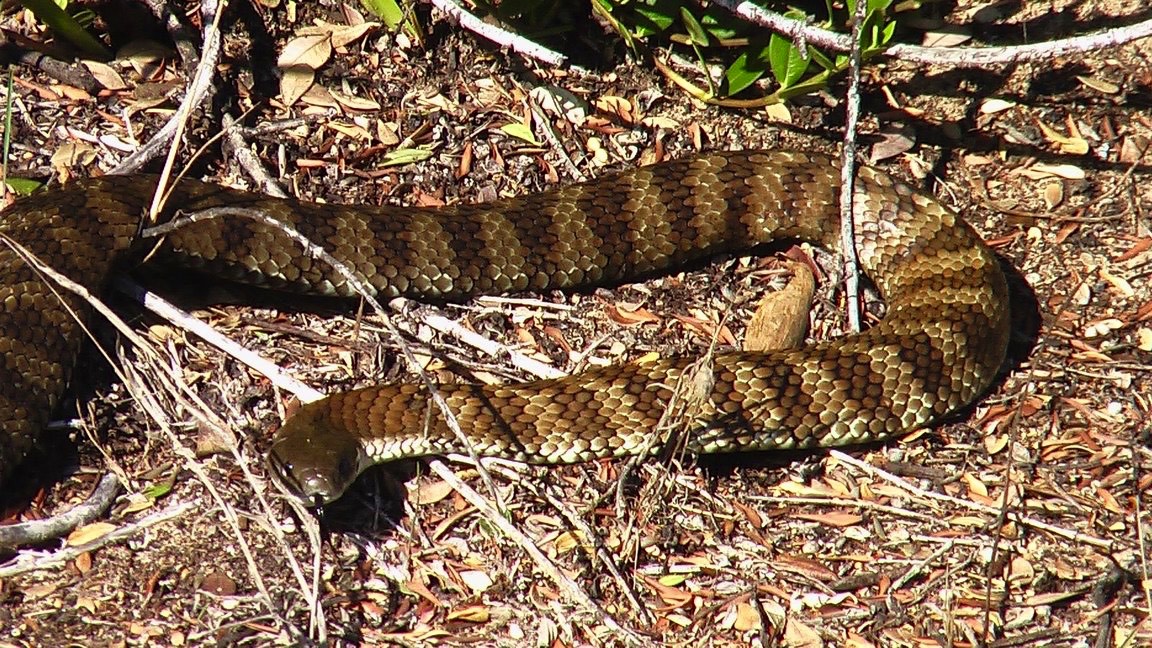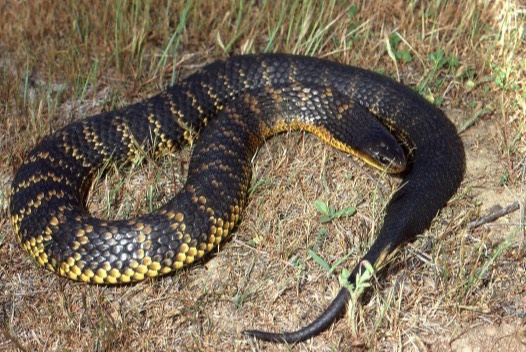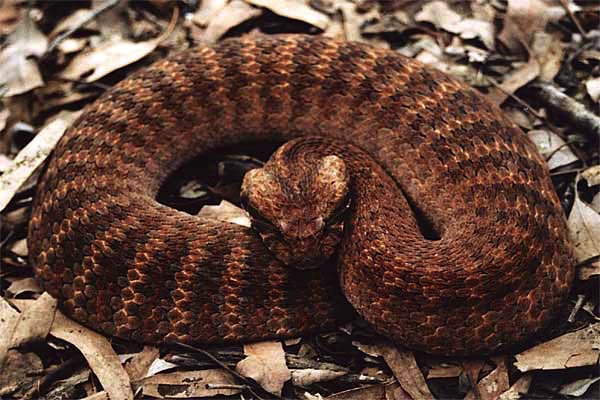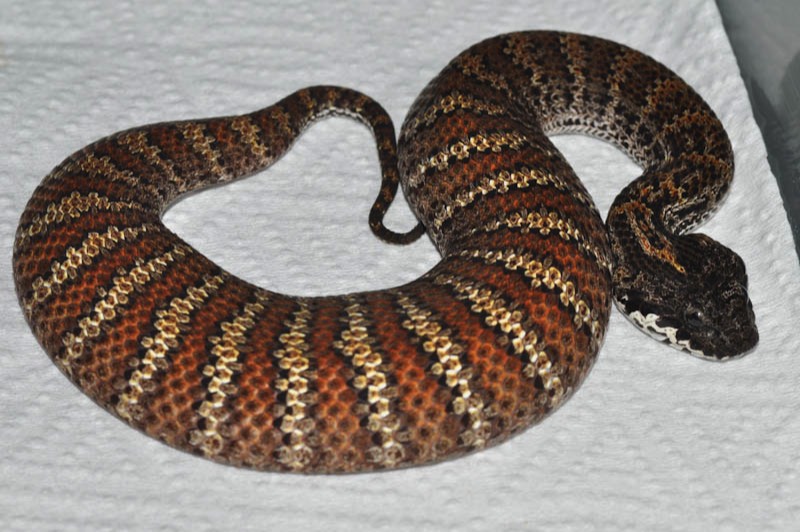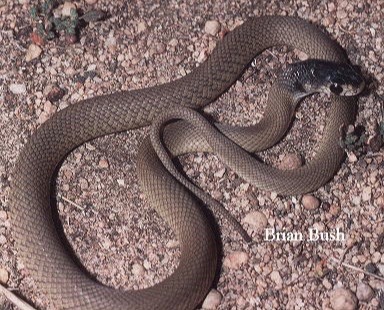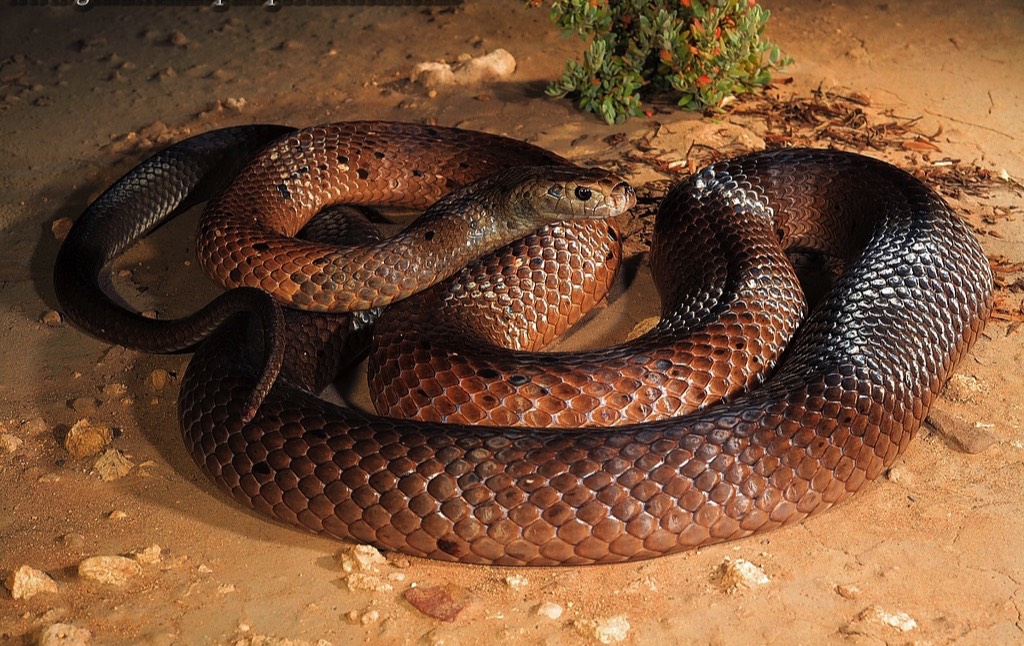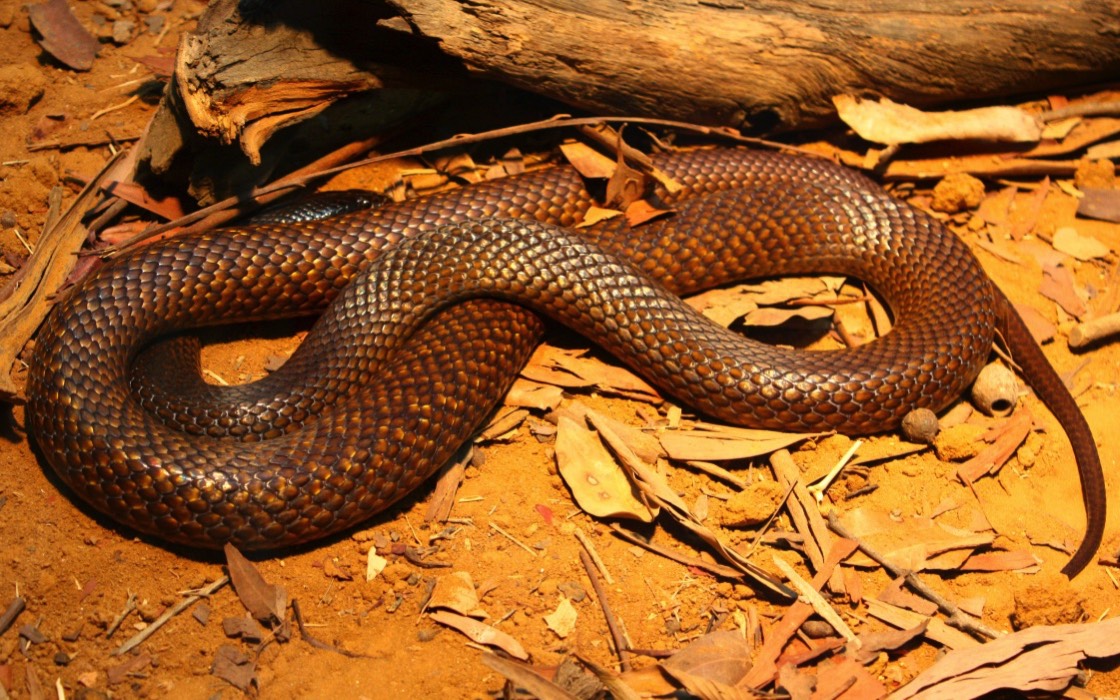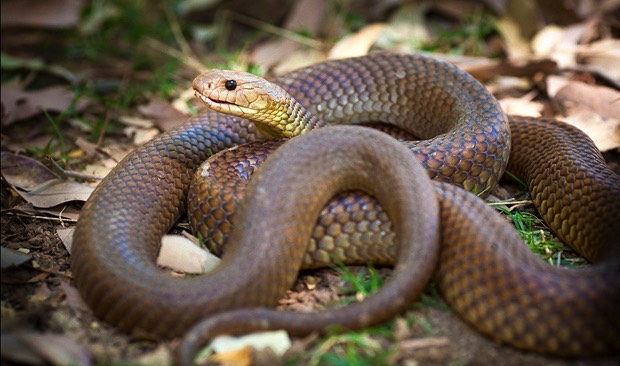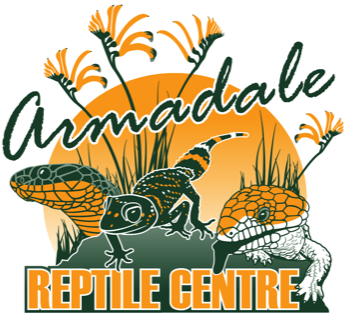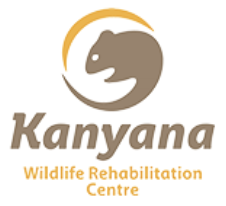These fascinating creatures are to be found all over the Araluen Golf Resort area. The most common species are Tiger, Dugite, Western Brown and Death Adder. Tiger snake habitats tends to be near water, Dugites inhabit bush and grassed areas, while Death Adders can sometimes be seen sunning themselves in warm spots. The reaction to humans differ from type to type. Dugites will slither away, Tiger snakes will stand their ground or slither away, but Death Adders need special care as they are unlikely to move away. Their colour varies according to their habitat, allowing them to blend in with their surroundings. When walking, look at the ground in front of you, avoiding long grass or any area you cannot see to be clear. Be particularly careful near streams or in moist areas. Take special care that children are playing in safe areas. These creatures are a fascinating part of our rich environment and whilst it is a privilege to observe them, they must be treated with respect and with the knowledge that they can cause injury.
First Aid for Snake Bites
RING 000 AS SOON AS POSSIBLE
- Do NOT wash the area of the bite! It is extremely important to retain traces of venom for use with venom identification kits.
- Stop the lymphatic spread of the venom - bandage firmly, splint and immobilise!
- The "pressure-immobilisation" technique is currently recommended by the Australian Resuscitation Council, the Royal Australasian College of Surgeons and the Australian and New Zealand College of Anaesthetists.
- The lymphatic system is responsible for systemic spread of most venoms. This can be reduced by the application of a firm bandage (as firm as you would put on a sprained ankle) over a folded pad placed over the bitten area. While firm, it should not be so tight that it stops blood flow to the limb or to congests the veins. Start bandaging directly over the bitten area, ensuing that the pressure over the bite is firm and even. If you have enough bandage you can extend towards more central parts of the body, to delay spread of any venom that has already started to move centrally. A pressure dressing should be applied even if the bite is on the victims trunk or torso.
- Immobility is best attained by application of a splint or sling, using a bandage or whatever is to hand to minimise all limb movement as much as possible, whilst providing reassurance. Whenever possible, bring transportation to the patient (rather then vice versa). Don't allow the victim to walk or move a limb.
- The pressure-immobilisation approach is simple, safe and will not cause iatrogenic tissue damage.
For more information on snakes or lizards, please visit the website of the expert Brian Bush, at www.wa-snakes.com
or call the Armadale Reptile Centre on 9399 6927
WILDCARE Helpline
If you find a sick or injured native animal, use this 24-hour emergency number:
WILDCARE (08) 9474 9055
